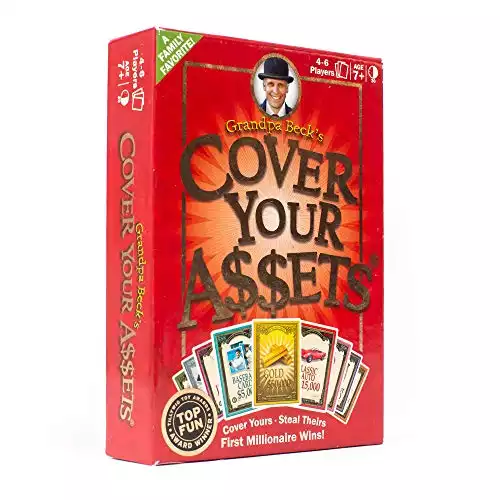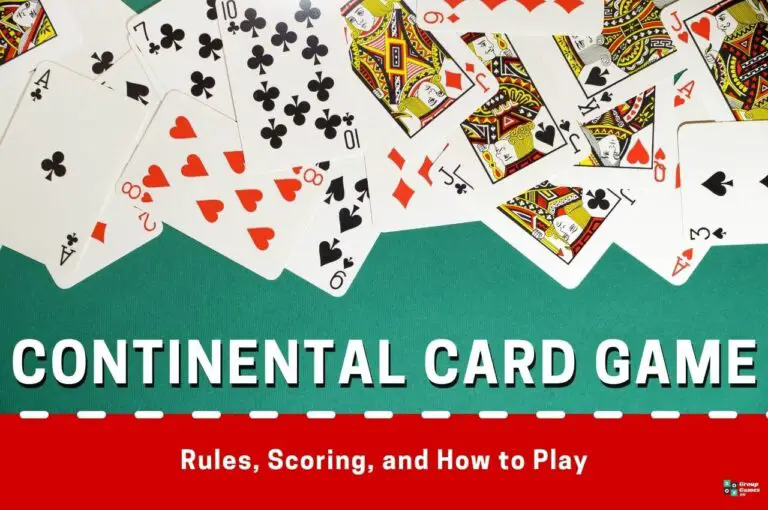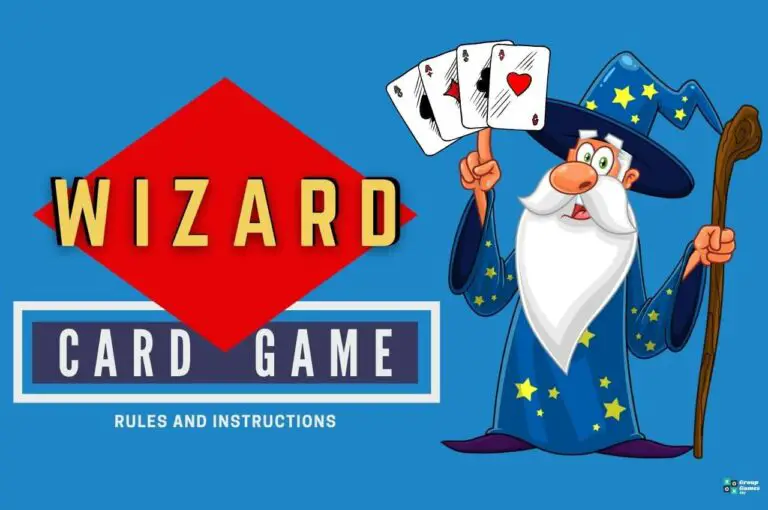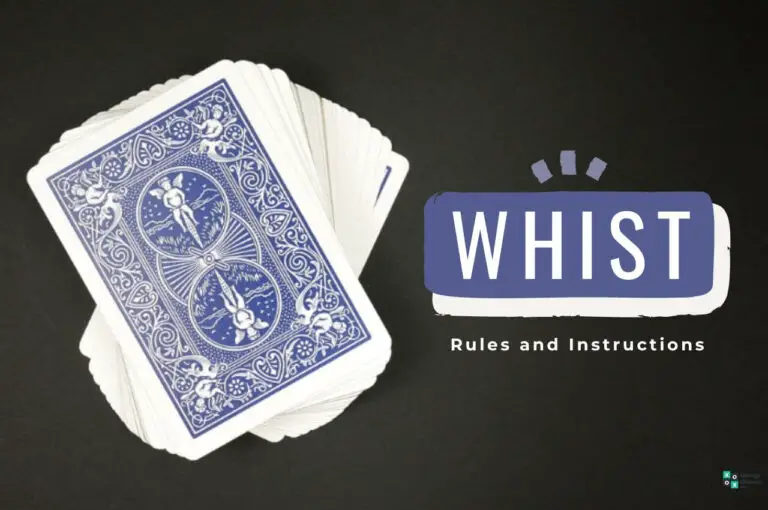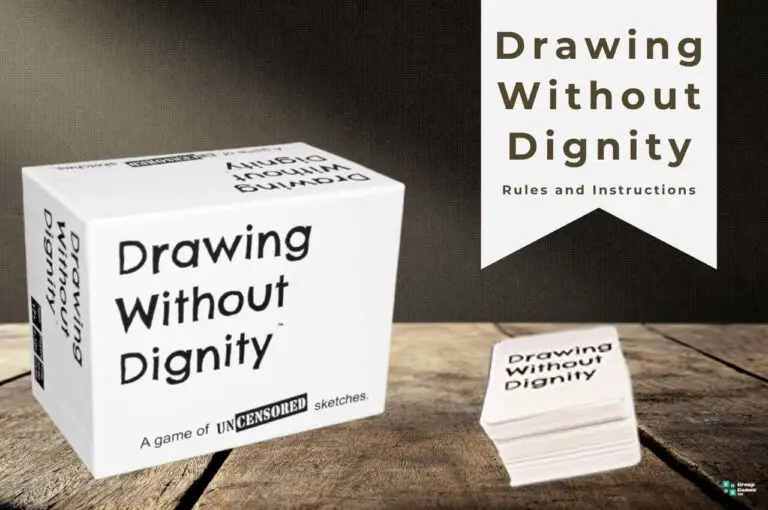Cover Your Assets is an addictive, quick-to-learn card game the whole family will love to play, and this Cover Your Assets rules guide explains all you need to know.
Cover Your Assets is an original strategic game from Grandpa Beck’s Games. The main idea of this game is to become rich fast and protect your assets from your opponents.
Like classic Monopoly (see Monopoly rules), players try to increase their wealth by constructing buildings and collecting assets of different types. It involves more action, though, in duels and challenges.
Cover Your Assets is a competitive and dynamic game that will test your strategic skills and tactics. Nevertheless, it is still simple enough to be enjoyed even by kids and total beginners.
This Cover Your Assets rules guide will cover the following:
- What is Cover Your Assets?
- What you’ll need to play Cover Your Assets
- Cover Your Assets rules
- How to play Cover Your Assets (video tutorial)
- FAQs
- Other similar games to Cover Your Assets (our guides)
Continue reading and learn how to play Cover Your Assets step by step.
What is Cover Your Assets?
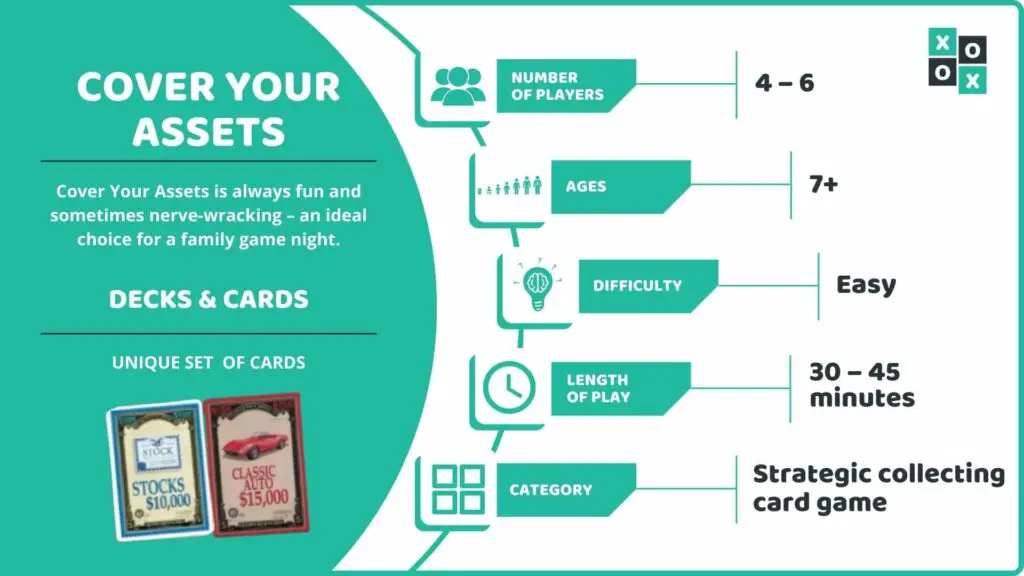
Cover Your Assets is a game where players compete to become dirty rich by collecting sets of 10 diverse kinds of asset cards.
All the traditional symbols of wealth are included, from vintage cars to jewelry. But beware that none of your wealth is safe until it’s covered!
Number of Players: 4 – 6 players (alternative rules for 2 – 3 players are available too)
Ages: 7+
Difficulty: Easy
Length of Play: 30 – 45 minutes
Category: Strategic card collecting game
Similar to: Cover Your Kingdom, Antiquity Quest, Get That Pirate’s Booty
Main Objective: Collect matching sets of cards and beat your opponents by becoming rich as fast as possible.
Why We Love It: Cover Your Assets is always fun and sometimes nerve-wracking – an ideal choice for a family game night.
What You’ll Need to Play Cover Your Assets
The original Cover Your Assets game set includes:
- 110 cards (10 types of assets and some special cards)
- Rulebook (full instructions including the Advanced gameplay)
Cover Your Assets Rules and Gameplay
Before you start playing Cover Your Assets, familiarize yourself with the contents of this game.
Although it is a card game and implements some principles used in games with standard card decks, Cover Your Assets cards have different values and can be used in several specific ways.
Cards
Cards represent assets which are individual items you are supposed to be collecting in his game. These include:
- Comic Books (10)
- Pianos (10)
- Toy Trains (10)
- Jewels (9)
- Cash under the Mattress (9)
- Piggy Banks (9)
- Scooters (9)
- Sport Planes (9)
- Classic Cars (9)
- Cabins (8)
In the game, these cards are organized in sets that can grow over time as you proceed towards your goals.
Besides assets, you can also get Gold and Silver cards. These are wild cards. Similar to Jokers in classic card games, they can be combined with any asset (However, you cannot form a set consisting only of wild cards.)
Each asset has its value. You can see it in the upper left corner of each card (e.g., $10K, $25K, etc.). Wild cards also have their value (gold is, logically, more valuable than silver).
Starting the Game
Cover Your Assets comes with a classic and advanced set of rules. I strongly recommend starting with the classic rules first if you’re a beginner. This is how you set up a classic game:
- First, appoint a dealer.
- The dealer removes the move, swap, and penny jar cards from the deck, as these are only used in the advanced gameplay.
- Next, the dealer shuffles the deck and deals five cards to each player (players will replenish their hands up to five cards after each turn).
- The rest of the pile will serve as a draw pile. You can place it in the center of the table.
- Flip the upper card in the draw pile and place it on the side. This is the first card on your discard pile.
- The player sitting to the left of the dealer goes first.
How to Play Cover Your Assets
When you’re on your turn, you can perform one of the following actions:
- Form a set
- Discard a card
- Challenge your opponent in an attempt to steal
I explain all three options in detail below:
Forming a set
A set must contain at least two matching cards. However, it can also be one standard card + one wild card acting as a replacement (a wild card always goes below the asset card in a stack).
To form a set, you can use cards from your hand OR a combination of the card in your hand and the card in a discard pile.
Place the set in front of you vertically and then cover it horizontally with the next set to keep them visually separated in the stack. Alternate vertical/horizontal orientation with each new set.
You don’t combine new sets with previous sets in your stack even if they match.
Discarding a card
Take any card you wish to discard. Place the card on a discard pile face-up to get rid of it.
Challenge in an attempt to steal
While your lower sets of cards are protected by the cards above them (covered), your top layer of assets is always vulnerable to attacks by thieves.
To challenge another player in an attempt to steal his top assets, you must always have at least one set of your own. This is how it proceeds:
- Challenge your opponent by playing a card that matches their set OR a wild card.
- All the cards have equal “stealing potential” regardless of their value (assets and wilds).
- The opponent defends his assets by playing a matching or wild card.
- The fight continues back and forth until one of the players cannot move anymore or chooses not to proceed with the war deliberately (Note: You don’t replenish your cards in the course of the challenge. Both players will draw up to five cards only once the challenge is done.)
- Whoever played the last card claims the whole set and all the cards played in the challenge, placing it on the top of their pile as a new set.
Once you finish either of these actions, the next player to the left takes their turn.
The game continues until you have used all the cards in the draw pile and your hands.
Strategic tips
Here are a few tips that can help you improve your strategy and win over your opponents:
- Since your bottom set is safe from attacks, it is smart to hide your wild cards there.
- Your assets can still be stolen when you run out of cards before your opponents. To protect them, try to be the last one holding any card.
- Ideally, keep the wild card as long as possible. Once you’re the last player with a card, you can take a top set from any of your opponents, potentially even winning the whole game.
Advanced rules
For advanced gameplay, you will need additional swap (2) and move (2) action cards and the penny jar cards (2) serving as advanced wild cards. These are the advanced alternative rules:
- Each player receives six cards.
- Players may take one or two actions per turn at their discretion (these can be two different actions or 2x the same action).
- If you lose a challenge, you can’t challenge the same player in the same turn.
- If you discard, you can replenish your hand to six and take the second action immediately.
- Improve a set is an advanced action that allows you to add one matching asset (not a wild card!) to any of your existing sets.
- Play swap: Swap your top set with the top set of any opponent. Discard the swap card once you’ve used it.
- Play move: Move the top set (yours or the opponent’s) to the bottom of the stack or the bottom set up to the top.
- Second sets from the top can also be challenged, but to initiate this, you must present: two matching assets, two wilds, one asset + one wild, or one penny jar. Only a single card can be used to defend or continue with the challenge.
- Penny Jar has a low value ($1k), but it is worth two gold/silver cards in challenges. To defend from a penny jar attack, you must play two assets, two wilds, one of each, or your own penny jar.
Cover Your Assets Scoring
There are several different approaches to when the Cover Your Assets game should end. Before you start playing, discuss with your opponents whether:
- The game is over when one of the players earns $1,000,000(= becomes a millionaire)
- The game is over after 1/3/5… round(s)(quick version when your time is limited)
- The game ends when any of the players wins two rounds
When your chosen scenario finishes, the players count the total value of their assets. The wealthiest player wins this game.
How to Play Cover Your Assets – Video Tutorial
Cover Your Assets Frequently Asked Questions
Can two players play Cover Your Assets?
Yes, with some changes. For a two-player game, remove 8 cabin cards, 2 silver, and 1 gold wild card from the deck. Deal 3 draft piles of 10 down-facing cards. Flip the top cards in each pile and deal a hand of 6 cards to each player. This time, you can also combine your sets from different draw piles.
Can you pass turn in Cover Your Assets?
No, you must always choose one of the three actions: form a set, discard, or challenge. If you don’t know what to do, discarding some of your cards is a universal solution.
Can you play Cover Your Assets with small kids?
Yes, if the kids can do basic counts and comprehend the rules (which are pretty simple), they can play this game.
Other Similar Games to Cover Your Assets (Our Guides)
If you’re looking for some alternatives to Cover Your Assets, check our guides for these similar strategic family games:
- Risk board game rules
- Monopoly Cheaters Edition rules
- Saboteur rules
- Coup card game rules
- Resistance rules
- Goat Lords rules (guide coming soon)


